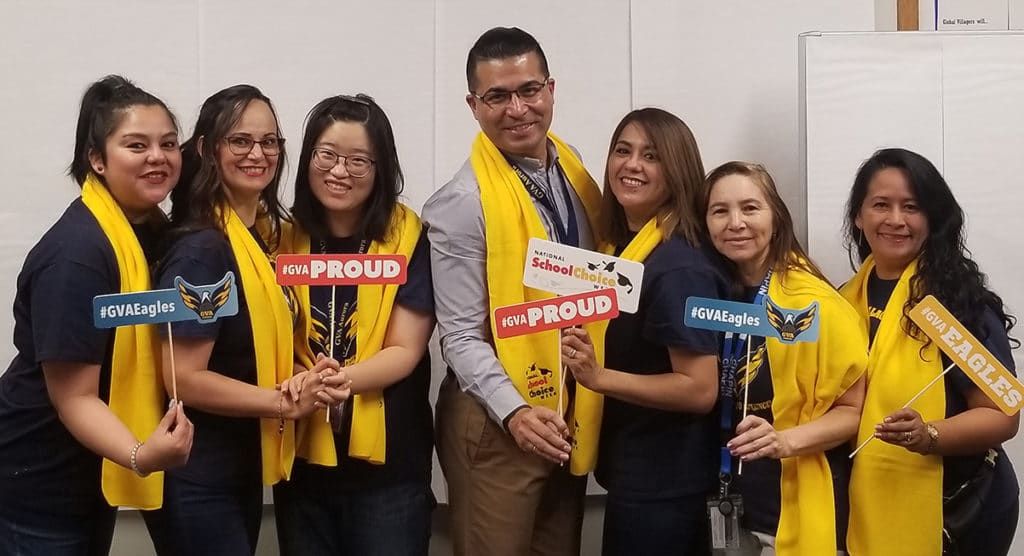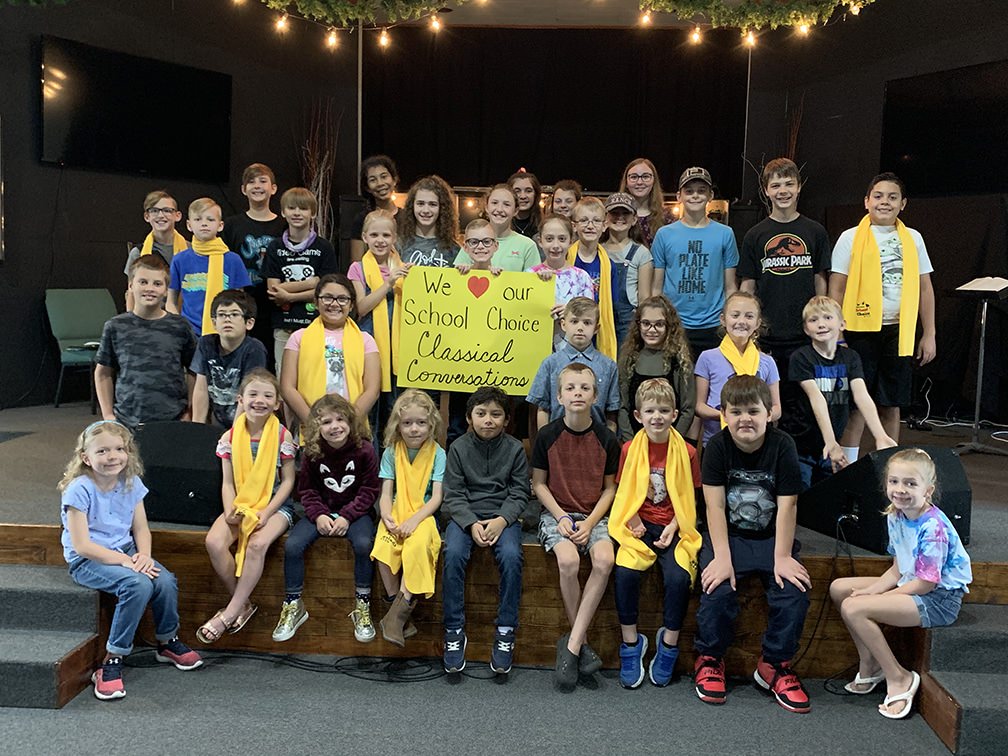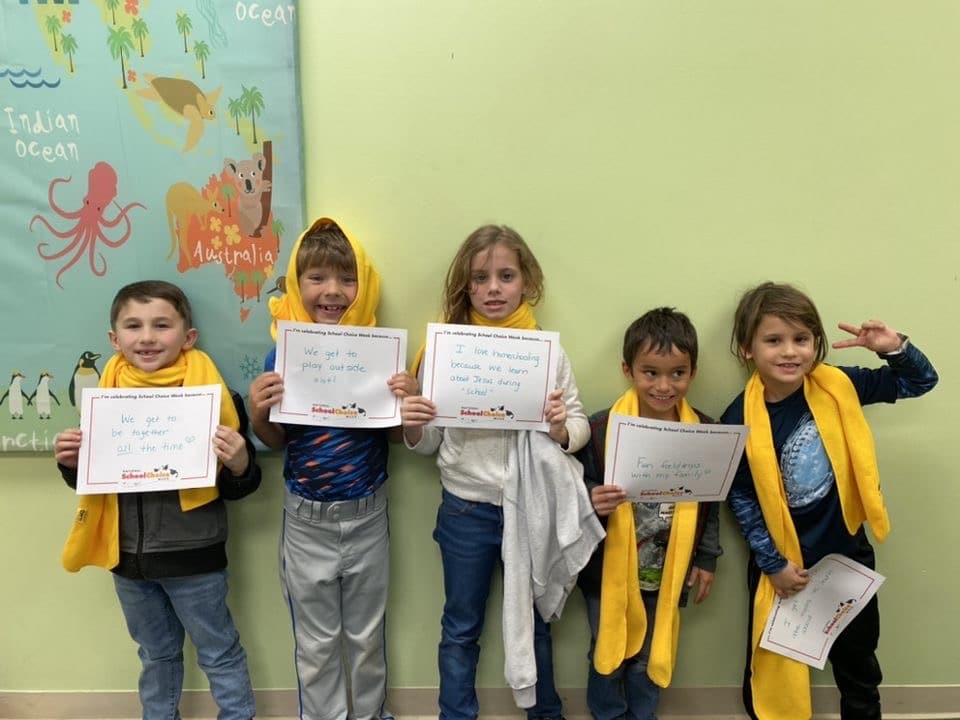Posted on Modified on Posted by National School Choice Week Team
How We Celebrated: Open House
Thousands of schools participate in National School Choice Week each year, using the week to showcase what makes them unique. One of the most popular ways schools participate in the Week is by hosting an open house or an informational night, welcoming existing or prospective families to get to know their learning community better.

Thousands of schools participate in National School Choice Week each year, using the week to showcase what makes them unique. One of the most popular ways schools participate in the Week is by hosting an open house or an informational night, welcoming existing or prospective families to get to know their learning community better.
During National School Choice Week 2020, for instance, Global Village Academy in Colorado hosted a “Coffee with the Principal” event. Current school families and prospective families had the opportunity to enjoy fellowship over warm drinks. They received information about the school and heard directly from school leaders too.
No two schools are exactly alike, and no two open houses have to be either. If you choose to plan an open house during National School Choice Week, the goal of the event and who you welcome from the community is up to you. During the last couple of years we’ve seen a beautiful variety of school open houses…


Life Academy paired its National School Choice Week open house with an ice-cream social and varsity and junior varsity basketball games.
Meanwhile, Corpus Christi Catholic School hosted a community open house with a spaghetti dinner, celebrating National School Choice Week and the first day of open enrollment for the upcoming school year.
In New York, Westfall Academy opted for a pancake meal, welcoming community members to visit and learn more about their school culture.
A Florida group of the homeschool community Classical Conversations hosted an open house and networking opportunity for parents looking to learn more about homeschooling and Classical education.


In New Jersey, Thomas Edison EnergySmart Charter School hosted a “Parent Academy” during National School Choice Week to give moms and dads an opportunity to learn more about what a charter school is, what school choice means, and more.
And in Texas, Guadalupe Regional Middle School opened their doors to local community professionals, inviting them to share a meal and mentoring with students.


The bottom line is this: Often, planning a successful open house is a job best planned by a team. You’ll want to spread the word effectively and showcase the best of your school. You’ll want visitors to leave with a better sense of what makes your school stand out.
It can also be a ton of fun! Besides strengthening communication between school families and staff, open houses are a valuable way to work toward school enrollment goals.
How will you celebrate?
If you’re interested in planning an open house or another special event this January, reach out to Mackenzie Mate at mackenzie@schoolchoiceweek.com.
For more celebration ideas, explore our Event Ideas and How-To Guides.



